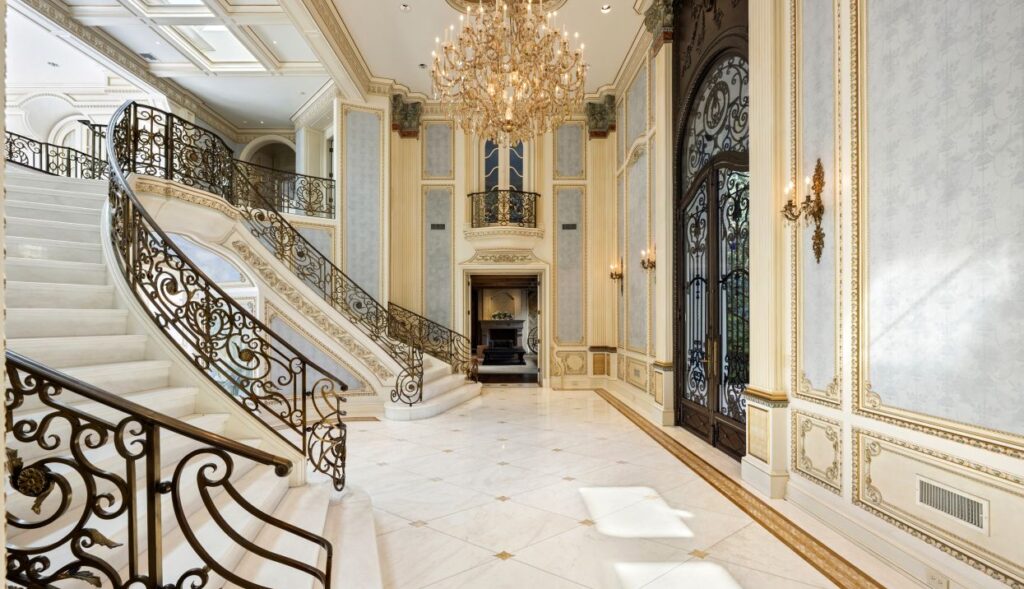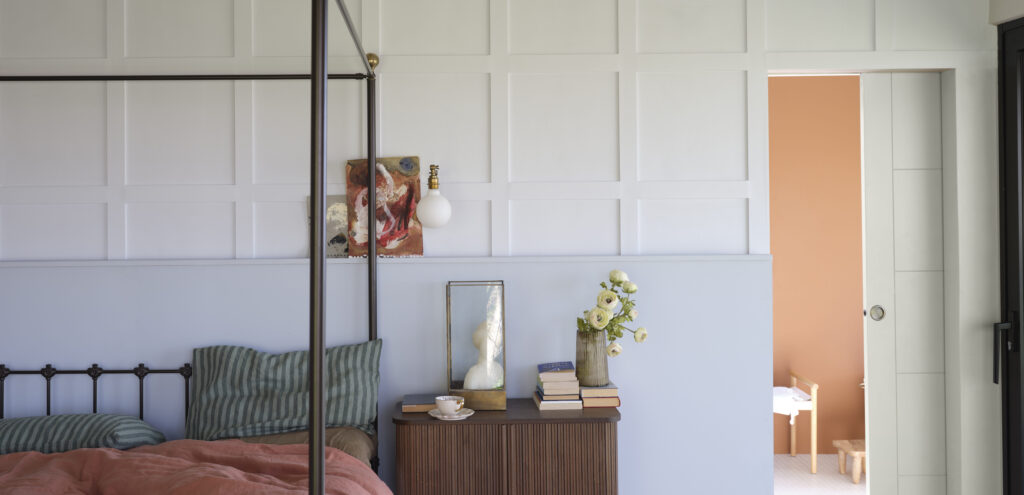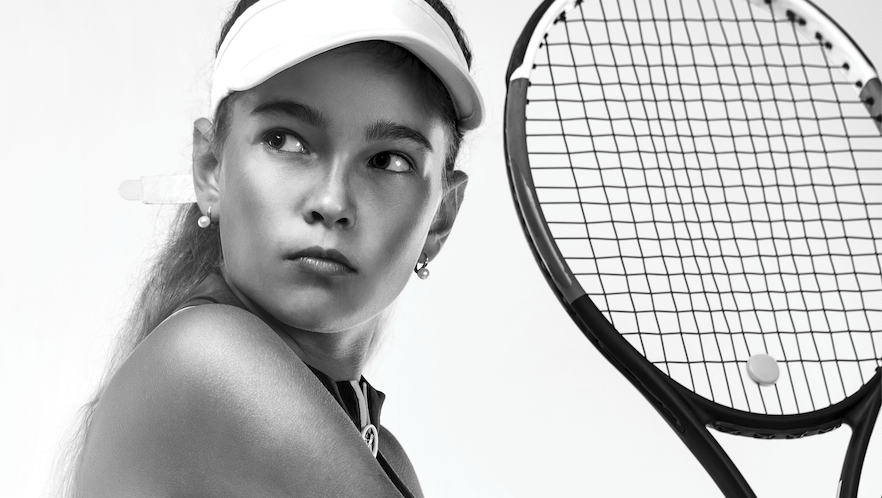By Victoria Keenan
It has been 70 years since The Costume Institute has become a part of New York City’s Metropolitan Museum of Art. Throughout the years, The Institute has collected pieces from different centuries, designers and fashion houses, growing into one of the most comprehensive collections in the world. Within the last 10 years especially, the focus has shifted from being just a timeline of Western high fashion, to creating and curating a collection of masterworks which reflect the evolution of fashion. On display in the Anna Wintour Costume Center is The Met’s Fall 2016 exhibit, Masterworks: Unpacking Fashion, which began on November 18, 2016 and will continue through February 5, 2017. The exhibit itself showcases 60 collected fashions from over the last 10 years, with a storyline to guide you along the way.
Organized by Assistant Curator Jessica Regan with help from Curator-in-Charge Andrew Bolton, the two take visitors on a journey through the centuries, starting with the 18th century and ending with modern day fashion. Designers include the likes of Alexander McQueen, Balenciaga, Christian Dior, Tom Ford, House of Chanel, Saint Laurent, John Galliano, Vivienne Westwood, House of Worth, Viktor and Rolf, Versace, Lanvin and many other designers from different time periods from around the world. Next to each masterwork is a description showcasing the designer, the year the garment was made, and some background information. In chronological order, the main Lizzie and Jonathan Tisch Gallery holds primarily women’s, and some men’s, clothing and accessories, breathing life into the fashion that once was.
Regan explained the masterwork as a whole is more than just about fashion, but helping the audience truly understand where the pieces come from and why. “For us, we felt it was an important opportunity to share with our audience how we collect, why we collect, and what we do, because such a core part of our mission is educating the public about fashion,” Regan said. “We really wanted to illuminate what we consider to be a fashion masterwork. It’s organized chronologically because it’s based off of what we consider a master shift in the periods and why the objects were created as a reflection of the evolution of fashion. So we wanted to make that clear, what our focus is. The 18th century for instance, which is so much about textiles and weaving and embroidery compared to the 20th century, is focused more on individual designers and iconic pieces that best represent those designers contributions to fashion.”
Starting with the 18th century, The Costume Institute features fashion from France and Great Britain, both style leaders throughout America and Europe, and had helped grow the industrial revolution as well as global trade. Revealing the era’s tailors and weavers, textiles and embellishments were used heavily throughout these pieces, for both men and women, though women’s clothing typically wasn’t made with complicated cutting or sewing. Because the materials were so valued, they were often reworked into new pieces when fashion changed, therefore dresses of the time period are a rare find and a true testament to fashion history.
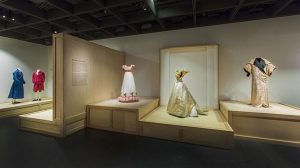 The 19th century was a much more accelerated time for fashion, by way of technological developments that shaped garment production and changed the way communication and transportation of styles were done. The era is known for changing the silhouette of fashion, by way of underwear such as corsets, which dramatically changed natural figures. Because of this, a new and refined cut and construction was created, and as technology such as the sewing machine was able to make more ready made garments, fashion lost its hand-made design. Luckily, Charles Frederick Worth, of the House of Worth, established the model for haute couture, moving away from the ready-to-wear, by elevating the creative and technical work with intricate details done by hand.
The 19th century was a much more accelerated time for fashion, by way of technological developments that shaped garment production and changed the way communication and transportation of styles were done. The era is known for changing the silhouette of fashion, by way of underwear such as corsets, which dramatically changed natural figures. Because of this, a new and refined cut and construction was created, and as technology such as the sewing machine was able to make more ready made garments, fashion lost its hand-made design. Luckily, Charles Frederick Worth, of the House of Worth, established the model for haute couture, moving away from the ready-to-wear, by elevating the creative and technical work with intricate details done by hand.
“I think fashion is such a vivid expression of a particular art and I think because we all have an intimate relationship with dress, I think it’s in some ways more accessible to people,” explained Regan. “Fashion tends to reflect an aesthetic that concerns a particular era and so I think it’s a way of getting to better understand the political and social conditions of the time, as well as the artistic materials.”
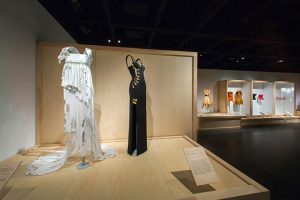 The early and late 20th century designs are focused on designers who changed the history of fashion, contributing pieces that are less general of the times and more individual of the design house. In the early era, World War I led to simpler designs for women, while haute couture designers made developments into fashion by looking to the past and finding new ways to recreate old styles. Influences from the youth, striking patterns, and ready-to-wear clothing made for more cultural shifts in design. Designers such as Cristobal Balenciaga and Vivienne Westwood soared in the latter part of the era, creating modern silhouettes and paving the way for the evolution of fashion today.
The early and late 20th century designs are focused on designers who changed the history of fashion, contributing pieces that are less general of the times and more individual of the design house. In the early era, World War I led to simpler designs for women, while haute couture designers made developments into fashion by looking to the past and finding new ways to recreate old styles. Influences from the youth, striking patterns, and ready-to-wear clothing made for more cultural shifts in design. Designers such as Cristobal Balenciaga and Vivienne Westwood soared in the latter part of the era, creating modern silhouettes and paving the way for the evolution of fashion today.
In the current contemporary era, designers like Hussein Chalayan and Alexander McQueen have challenged the idea of fashion by expanding wearability and using clothing as a personal expression of cultural identity. An example of this is a dress by Sarah Burton for Alexander McQueen, constructed entirely by hand-painted orange and black Monarch butterfly shapes. Deconstruction of design also comes into play, as well as experimentation with the relationship between materials, silhouettes and the body, as shown by designers like Issey Miyake and Yohji Yamamoto.
In the last room of the exhibit sits the Carl and Iris Barrel Apfel Gallery and the Harold Koda Gift Collection, dedicated to Harold Koda, who retired as the Curator in Charge of The Costume Institute in early 2016. Dedicated and passionate about the collections, Koda changed and shaped The Costume Institute to what it is today, and many designers paid their respects with pieces from their fashion houses. Curator in Charge Andrew Bolton and MET Trustee Anna Wintour approached 30 designers to feature works from their archives to honor Koda. From wedding dresses to tailored suits and flower head pieces, all by renowned designers, both the Harold Koda and the Masterworks collections are what Curator in Charge Andrew Bolton called “a love letter” to Koda, resonating in the overall collection and exhibit.

